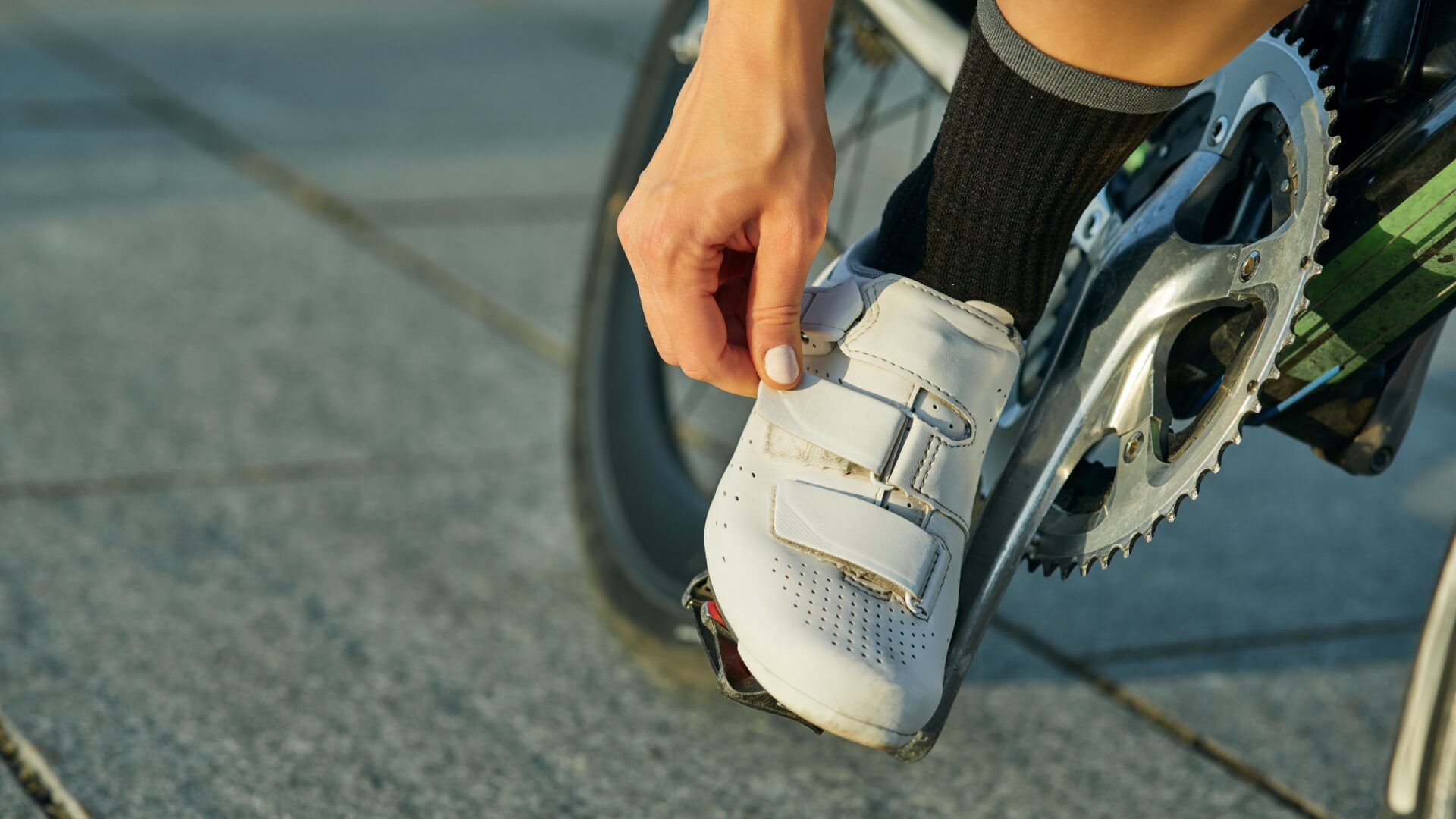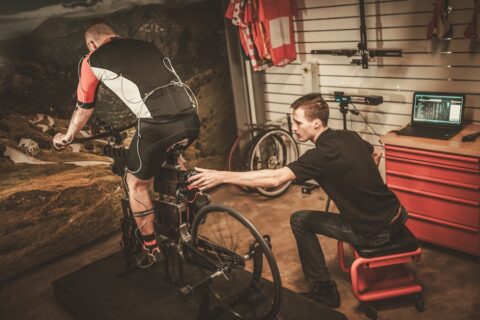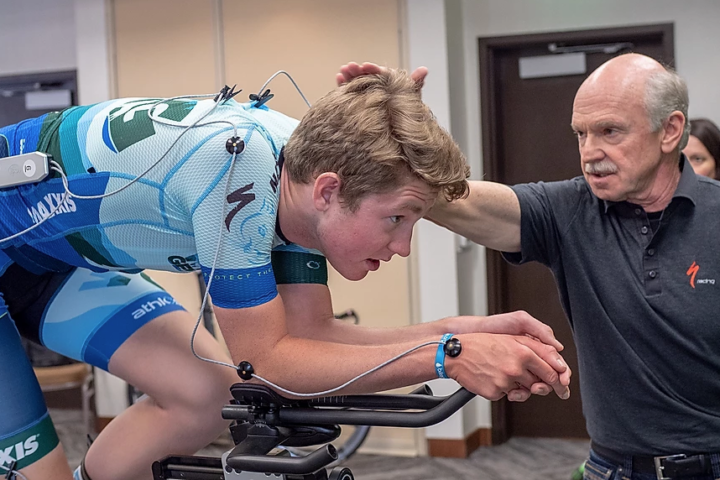Dr. Andy Pruitt explores common sources and potential treatments for relieving pain under the ball of the foot.
Dr. Andy Pruitt explores common sources and potential treatments for relieving pain under the ball of the foot.

Dr. Andy Pruitt explores common sources and potential treatments for relieving pain under the ball of the foot.

Dr. Andy Pruitt explores common sources and potential treatments for relieving pain under the ball of the foot.

They’re far more common than you think—and knowing how to improve leg length discrepancies can be vital to enjoyment and performance.

Finding a good bike fitter can be challenging. Dr. Andy Pruitt, a pioneer in bike fit, explains the many nuances of choosing the best fitter for you.

A blood profile can help athletes track progress and diagnose issues—but they need to know what to look for and work with a physician to interpret the data. This article will help to demystify your blood profile.